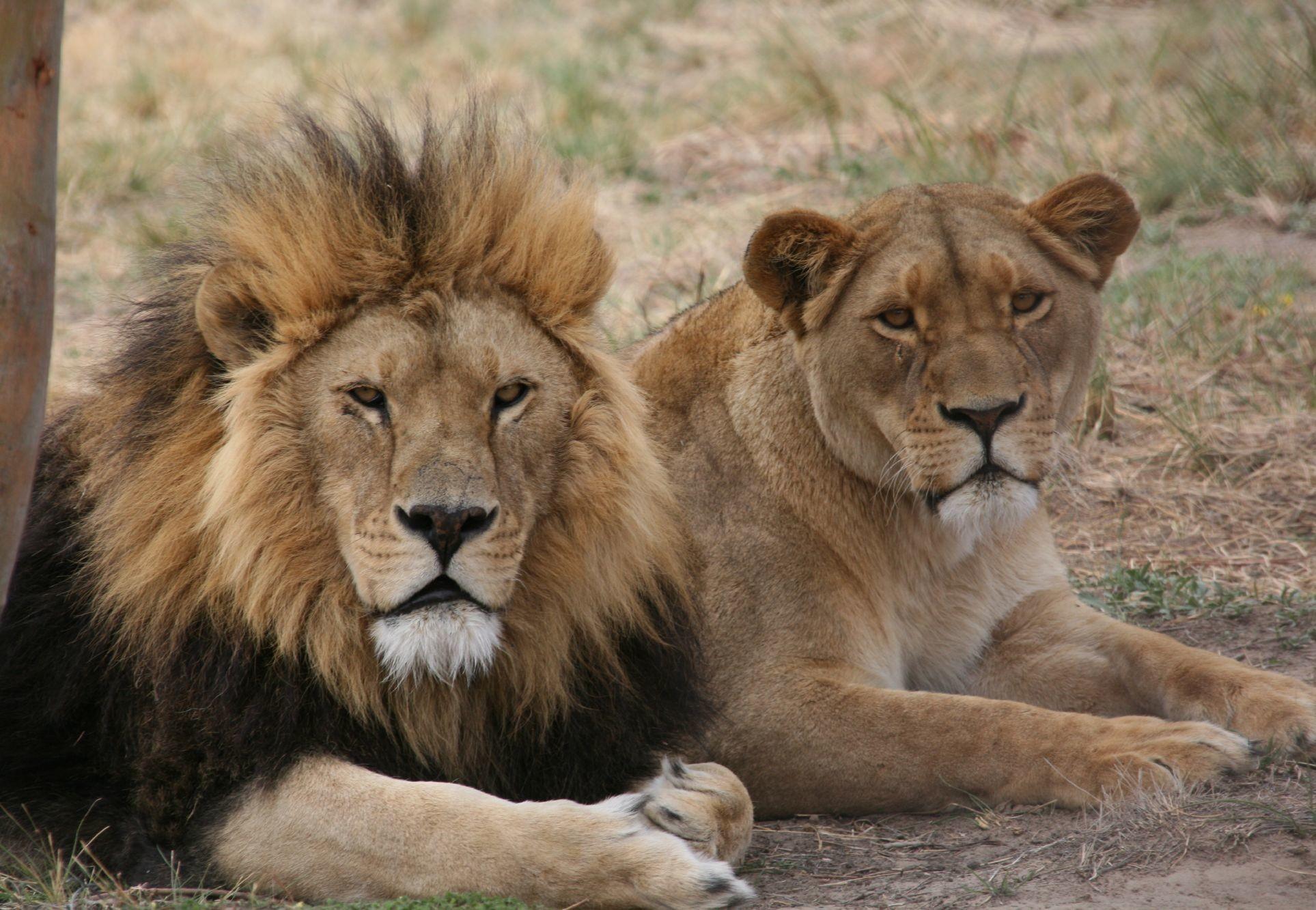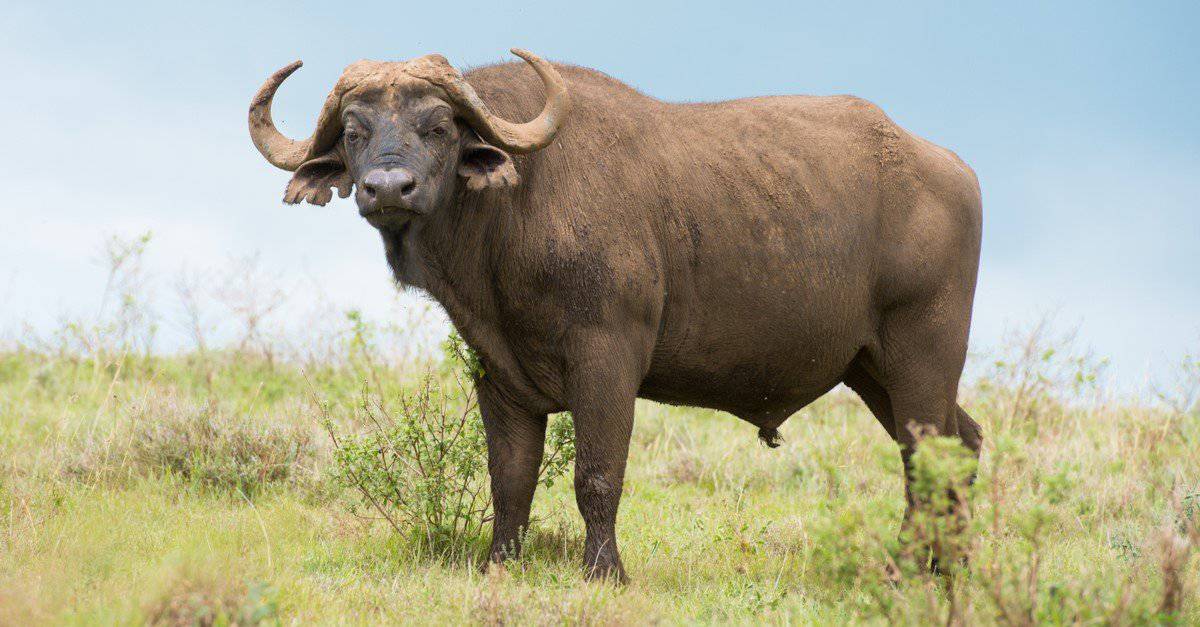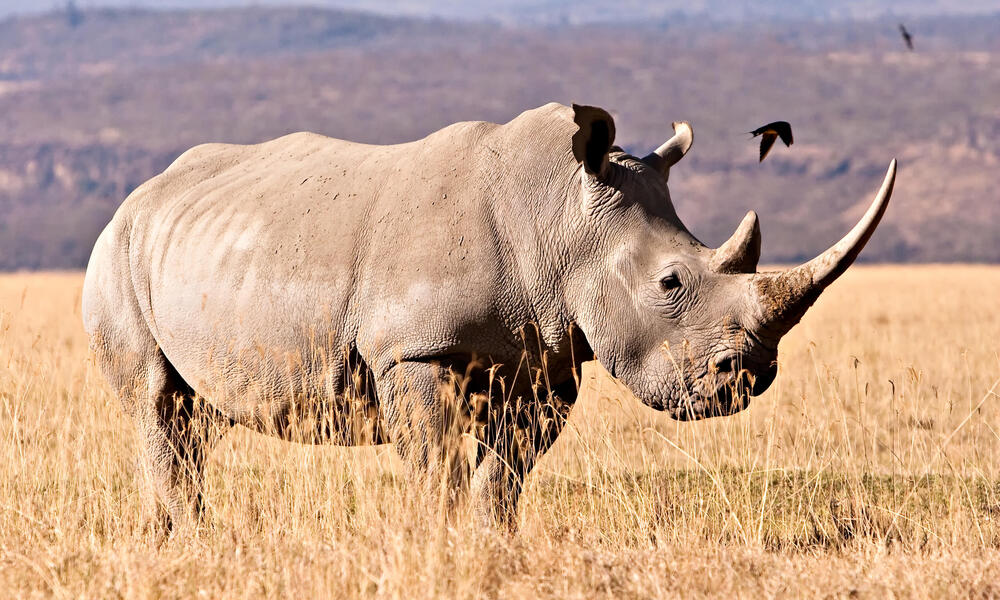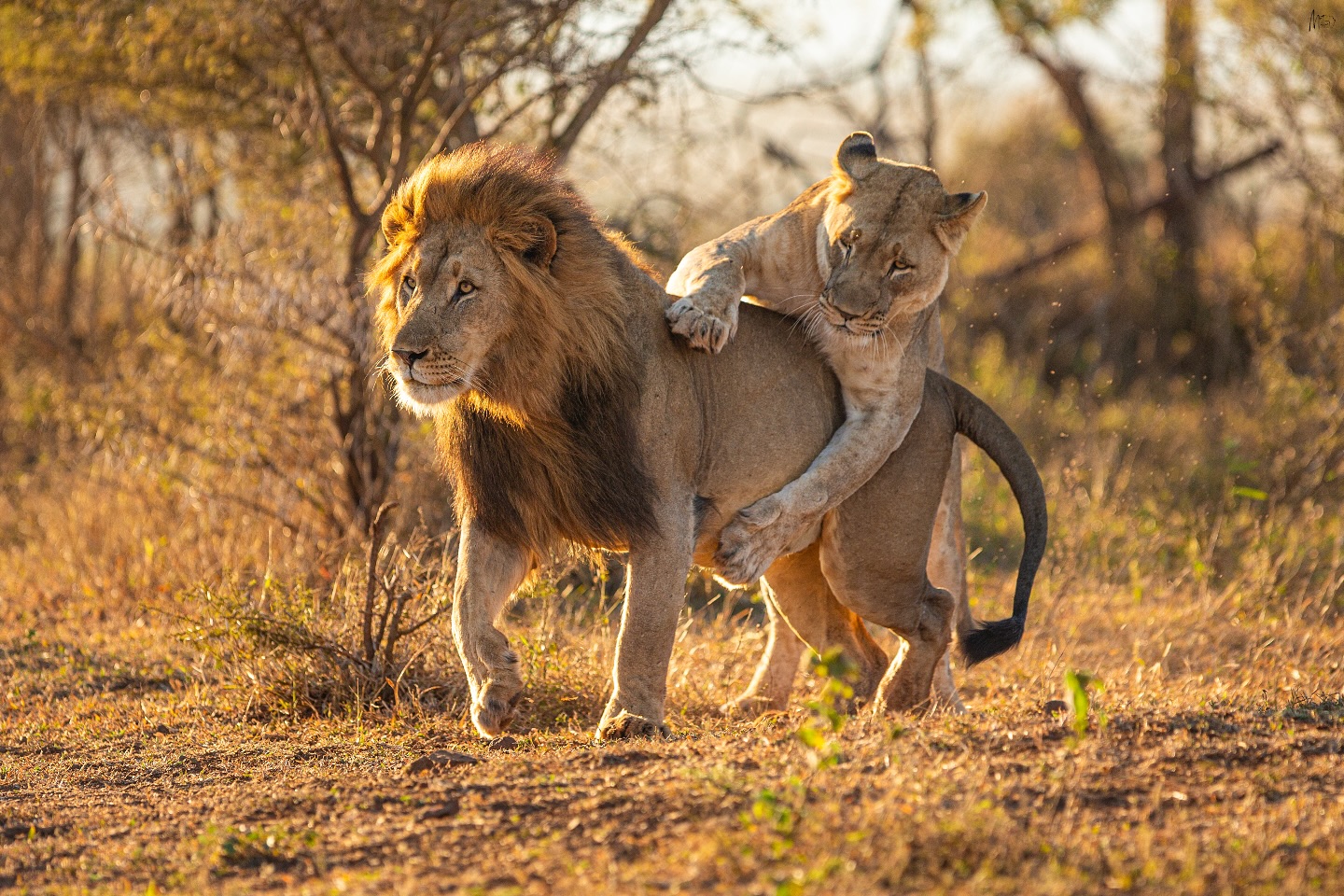Have You Seen the Big Five in Tanzania Yet?
The Big Five in Tanzania
Tanzania, one of Africa’s most celebrated safari destinations, offers an extraordinary opportunity to witness the African Big Five—lion, leopard, elephant, rhinoceros, and Cape buffalo, in their natural habitat. With its diverse landscapes, world-renowned national parks, and rich wildlife heritage, Tanzania stands out as a premier location for travelers seeking authentic and unforgettable wildlife encounters.
The phrase “Big Five” was coined during the colonial era by big-game hunters, referring to the five most dangerous animals to hunt on foot. Today, the meaning has evolved. In modern eco-tourism, the Big Five represent the ultimate checklist for safari enthusiasts, wildlife photographers, and conservation-minded explorers. And there is no better place to experience them than Tanzania, a land where nature thrives in grand scale.
![What Exactly Are the Big Five Animals? And Where Can I Spot Them? [Updated] - BookAllSafaris.com](https://www.bookyogaretreats.com/static/files/attachments/hm/pn/fs/so/p_The_Big_Five.jpg)
The Big Five Animals and where you can spot them in Tanzania:
1:LION
A lion with a scientific name Panthera leo, in the family/ Division Felidae of the class Carnivora is notably known as the “king of the jungle” for their majestic manes and social behavior, lions are often seen in prides. Tanzania’s Serengeti National Park is a prime spot for lion sightings, especially during the Great Migration. They are also spoted at Lake Manyara National Park as they dwell on the trees, this diverse park is famous known for the lions that climb the trees. The Tanzanian Ngorongoro Crater also serves as their home.
Unique Features of a Lion
Physical Appearance
- Mane: Male lions are distinguished by their impressive manes, which can vary in color from blonde to black. The mane serves as a symbol of dominance and maturity, and darker manes may indicate higher testosterone levels and health.
- Size: Adult male lions typically weigh between 330 to 550 pounds, while females are smaller, weighing between 265 to 400 pounds. Males can reach up to 8 feet in length, including the tail.
- Coloration: Lions have a tawny or golden coat, which helps them blend into their grassland habitat.
Social Structure
Lions are unique among big cats for their social behavior, living in groups called prides. A pride usually consists of related females, their cubs, and a few dominant males. The pride structure facilitates cooperative hunting and provides protection for young cubs against threats.
Hunting and Diet
Lions are apex predators and primarily hunt large ungulates, such as zebras and wildebeests. They use teamwork to stalk and ambush prey, often hunting at night or during the early morning and late afternoon. Females do most of the hunting, while males protect the pride’s territory.
Roaring
the lion’s roar can be heard up to five miles away and is used to communicate with pride members, assert territory, and deter rivals. A lion’s roar is a powerful and deep sound, a hallmark of their presence in the wild.
Cubs and Reproduction
female lions typically give birth to 1 to 4 cubs after a gestation period of about 110 days. Cubs are born blind and rely on their mothers for care and protection. Lionesses in a pride often synchronize their estrus cycles, leading to the cubs being born around the same time, which fosters cooperative care among the females.
Habitat
Lions prefer savannas, grasslands, and open woodlands where they can find prey and have adequate cover for hunting. In Tanzania, the Serengeti National Park and Ngorongoro Crater are prime locations to observe these majestic animals.
Conservation Status
Lions are classified as vulnerable due to habitat loss, human-wildlife conflict, and poaching. Conservation efforts are crucial to ensuring their survival, with initiatives focused on habitat preservation and community engagement.
2:LEOPARD
A leopard with a scientific name “Panthera pardus” in a family “Felidae” classified in a class “Carnivora” the leopard, often referred to as a “king” in its own right, is a master of stealth and adaptability in the wild. With their striking appearance and remarkable hunting skills, leopards play a crucial role in maintaining the balance of their ecosystems. They are elusive and solitary, leopards are skilled climbers, often seen resting on tree branches. They can be spotted in Serengeti National Park and Tarangire National Park, where they hunt in the trees. By chance they can also be spotted at the Tanzanian Ngorongoro Crater. The thick bush and trees in these areas provide ideal hiding spots for these elusive cats.
Unique Features of a Leopard:
Physical Appearance
- Coat and Patterns: Leopards are renowned for their beautiful, spotted coats. Their fur is typically golden or tawny with black rosettes, which provide excellent camouflage in their natural habitats. The rosette patterns vary among individuals, making each leopard unique.
- Size: Adult leopards weigh between 66 to 176 pounds, with males generally larger than females. They can reach lengths of up to 6.25 feet, excluding their tail, which adds another 2 to 3 feet.
Adaptability
Leopards are highly adaptable animals found in a range of environments, including savannas, rainforests, mountains, and arid regions. This versatility allows them to thrive in various habitats across Africa and parts of Asia.
Behavior
Leopards are primarily solitary creatures, preferring to hunt and live alone, except during mating or when a mother is raising her cubs. Their elusive nature and secretive behavior contribute to their mystique. They are primarily nocturnal, using their keen eyesight and stealth to hunt during the night.
Hunting Skills
Leopards are skilled hunters, known for their ability to climb trees. They often hoist their prey-such as impalas and monkeys-into the branches to keep it away from scavengers like hyenas. Their hunting technique involves stealthy stalking followed by a powerful burst of speed to catch their prey.
Communication
Leopards communicate through various vocalizations, including growls, roars, and meows. They also use scent markings and scratch marks on trees to establish territory.
Reproduction and Cubs
Female leopards typically give birth to 2 to 4 cubs after a gestation period of about 90 to 105 days. The cubs are born blind and rely heavily on their mother for protection and nourishment. The mother will keep the cubs hidden in dense vegetation for the first few weeks to shield them from predators.
Conservation Status
Leopards are classified as vulnerable due to habitat loss, poaching, and human-wildlife conflict. Conservation efforts focus on habitat preservation and reducing conflicts with local communities.
3:ELEPHANT
These gentle giants are known for their intelligence and strong social bonds. Scientifically named “Loxodonta africana” (African Elephant) of the family “Elephantidae” classified in the class “Mammalia”. Tanzania is home to large elephant populations, particularly in Tarangire National Park, where you can observe them during the dry season as they congregate around the water sources. Other areas through which they reside in large groups includes the Serengeti National Park, the Ngorongoro Crater, this UNESCO World Heritage site provides a unique opportunity to see elephants in a diverse ecosystem, including grassy plains and dense forests. Ruaha National Park as this park is less crowded that’s why it offers excellent opportunities to see elephants in their natural habitat, particularly during the dry season. Another area they can be spoted in large herds includes the Selous Game Reserve currently named Nyerere National Park, it is known for its vast wildlife populations, including large herds of elephants.
Unique Features of an Elephant
Physical Appearance
-
- Size: African elephants are the largest land mammals, with males typically weighing between 4,500 to 12,000 pounds and standing 10 to 13 feet tall at the shoulder.
- Ears: They have large, fan-like ears that help dissipate heat and are much larger than those of Asian elephants. The shape of the ears resembles the African continent.
- Tusks: Both male and female African elephants can have tusks, which are elongated incisor teeth used for digging, foraging, and fighting. These tusks can grow to impressive lengths and are a significant identifier of the species.
Social Structure
Elephants are highly social animals, living in matriarchal herds led by the oldest female. Herds typically consist of related females and their offspring, while adult males tend to leave the herd when they reach maturity. Their social bonds are strong, with elephants exhibiting behaviors such as grooming, playing, and comforting each other.
Communication
Elephants communicate using a range of vocalizations, including trumpets, rumbles, and low-frequency sounds that can travel long distances. They also use body language and touch to communicate.
Diet
As herbivores, African elephants consume a variety of vegetation, including grasses, leaves, fruits, and bark. They can eat up to 300 pounds of food per day, which they obtain through their strong trunks.
Intelligence
Elephants are known for their high intelligence, exhibiting problem-solving skills, tool use, and strong memory. They have been observed displaying emotions such as joy, grief, and compassion.
Conservation Status
African elephants are currently listed as vulnerable due to habitat loss, poaching for ivory, and human-wildlife conflict. Conservation efforts focus on protecting their habitats and reducing poaching.
4:BUFFALO
African buffalo are known for their robust build and are often seen in herds. Scientifically known as “Syncerus caffer” in the family “Bovidae” classified in the Class “Mammalia” elephants thrive in various habitats, with large populations found in Ngorongoro Crater, the crater is said to have large herds of buffaloes as they dwell in the its elusive floor, Serengeti National Park, the Serengeti is famous for its large herds of buffalo, particularly during the Great Migration when they move alongside wildebeests.
Unique Features of Buffaloes:
Physical Appearance
- Size: Adult African buffaloes typically weigh between 1,000 to 2,000 pounds and stand about 4.5 to 5.5 feet tall at the shoulder.
- Horns: One of their most distinctive features is their large, curved horns, which can form a solid base known as a “boss.” Males have thicker, more pronounced horns compared to females.
- Coloration: They have a dark brown to black coat, which can appear shaggy and is often covered in mud or dust for protection against insects and sun.
Social Structure
African buffaloes are highly social animals, typically found in herds ranging from a few individuals to several hundred. Herds often consist of females and their young, while adult males may form separate bachelor groups or join the main herd during mating season. Their social behavior is characterized by strong bonds, with members exhibiting cooperative behaviors, such as grooming and helping each other during threats.
Diet
As herbivores, African buffaloes primarily graze on grasses, but they will also eat leaves, shoots, and fruit. They are known for their ability to thrive in a variety of habitats, from savannas to wetlands.
Behavior
Buffaloes are generally considered unpredictable and can be aggressive when threatened, especially when protecting their young. This unpredictability makes them one of the more dangerous animals to encounter in the wild. They are known to wallow in mud to cool off and deter insects.
Conservation Status:
African buffalo populations are currently classified as near threatened due to habitat loss, hunting, and disease (such as bovine tuberculosis). Conservation efforts focus on protecting their habitats and managing populations sustainably.
5:RHINOCEROS
Scientifically named as “Diceros bicornis” the African black rhino is of the family “Rhinocerotidae” in the class “Mammalia”. The critically endangered black rhino is a rare sight. Tanzania has conservation efforts in place, with the best chance to spot them in Ngorongoro Crater, Mkomazi National Park renowned for having a “Rhino Sanctuary” as the governments conservation efforts and in some protected areas like Selous Game Reserve currently named Nyerere National Park.
Unique Features of the Rhinoceros;
Physical Appearance
- Size: Rhinoceroses are large, heavy mammals. The white rhinoceros is the largest, weighing between 3,000 to 5,000 pounds, while the black rhinoceros is smaller, typically weighing between 1,800 to 3,100 pounds.
- Horns: Both species have one or two horns on their snouts made of keratin (the same material as human hair and nails). The black rhino usually has two horns, while the white rhino can have one or two. Horns can grow several feet long and are a major target for poaching.
- Skin: Their skin is thick and appears gray or brown, with large folds that give them a rugged appearance. The skin also provides protection against thorns and harsh weather.
Diet
Rhinoceroses are herbivores. Black rhinos primarily feed on leaves, shrubs, and trees, using their pointed lips to grasp foliage. White rhinos are grazers, preferring grasses and using their square mouths to efficiently graze on the ground.
Behavior
Rhinos are generally solitary animals, particularly black rhinos. White rhinos are more social and may form small groups, especially mothers with calves. They can be territorial, particularly males, and mark their territory with urine, feces, and horn scratches on trees.
Communication
Rhinos communicate through various vocalizations, including grunts, snorts, and bellows, as well as through body language and scent marking.
Conservation Status:
Both species of rhinoceros face significant threats due to poaching for their horns and habitat loss. The black rhino is critically endangered, while the white rhino is classified as near threatened. Conservation efforts are vital for their survival, including anti-poaching initiatives and habitat protection.
In summary, The African big five, lion, leopard, elephant, buffalo, and rhinoceros represent not only iconic wildlife but also critical components of their ecosystems. Many of these species are facing threats from habitat loss, poaching, and human-wildlife conflict, leading to their vulnerable and endangered statuses. To ensure their conservation, it is essential to implement comprehensive strategies that include strengthening anti-poaching laws, enhancing habitat protection, promoting sustainable tourism, and fostering community engagement in wildlife conservation efforts. By combining these approaches, we can help secure the future of the Big Five and preserve the biodiversity they represent.
Afrima Luxury Travel combines luxury accommodations, expert local guides, and seamless itineraries that bring the magic of Tanzania to life. Whether you’re dreaming of sunrise game drives across the Serengeti, or a candlelit dinner overlooking the rim of Ngorongoro Crater, Afrima crafts every detail to match your style, pace, and sense of adventure.







